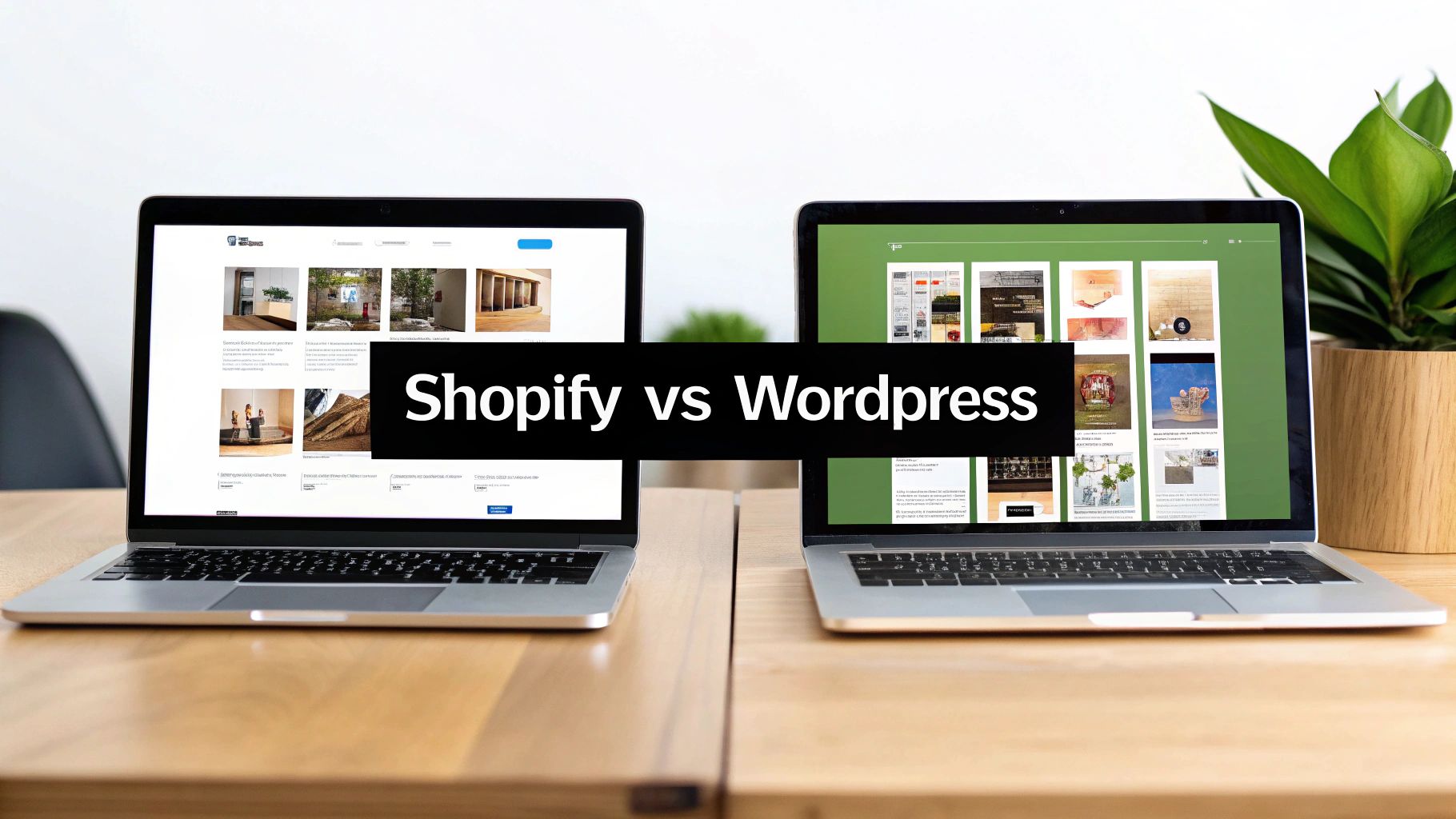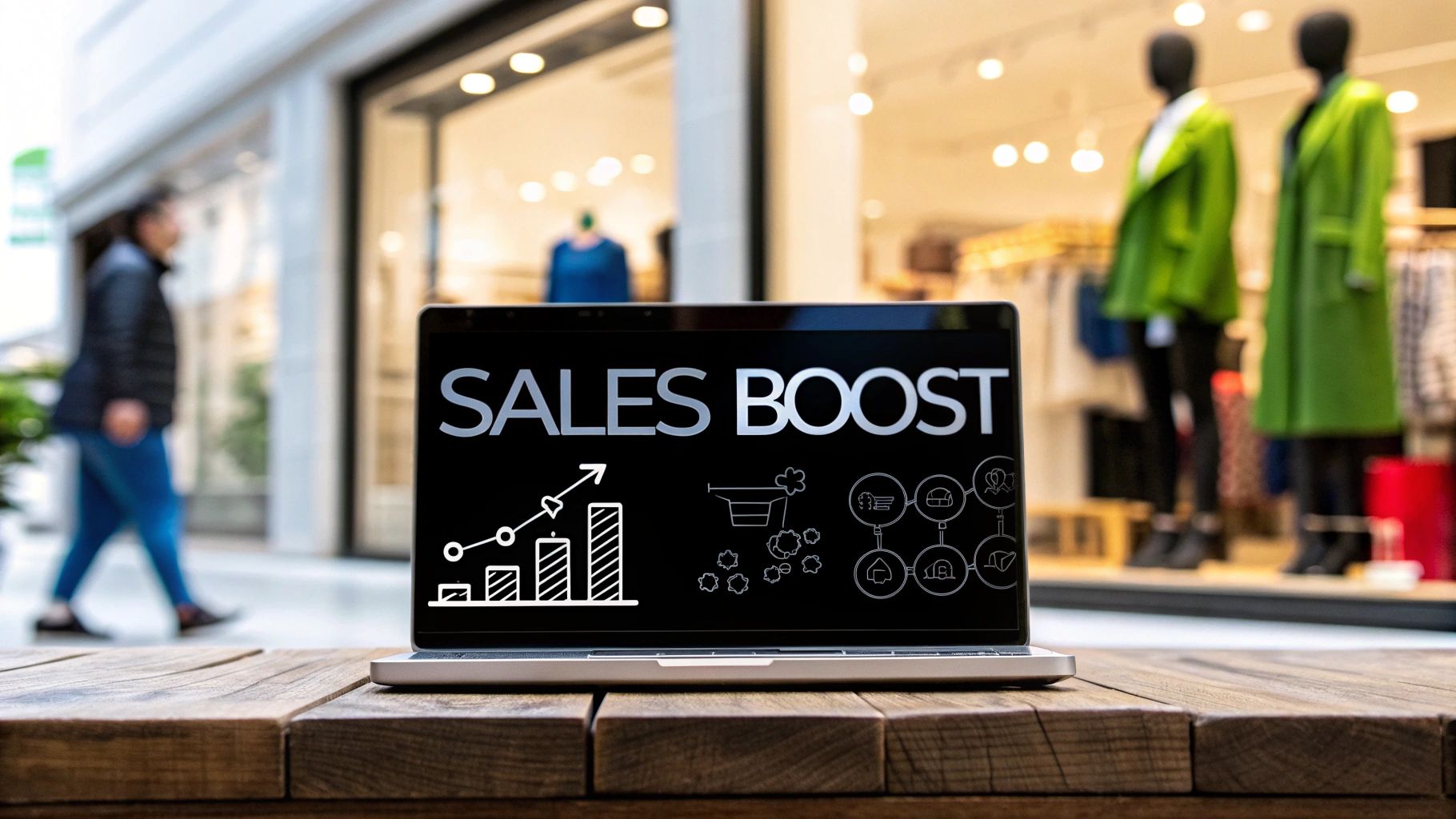Product Link in Bio: Showcase Items & Boost Sales (2025)
March 28, 2025
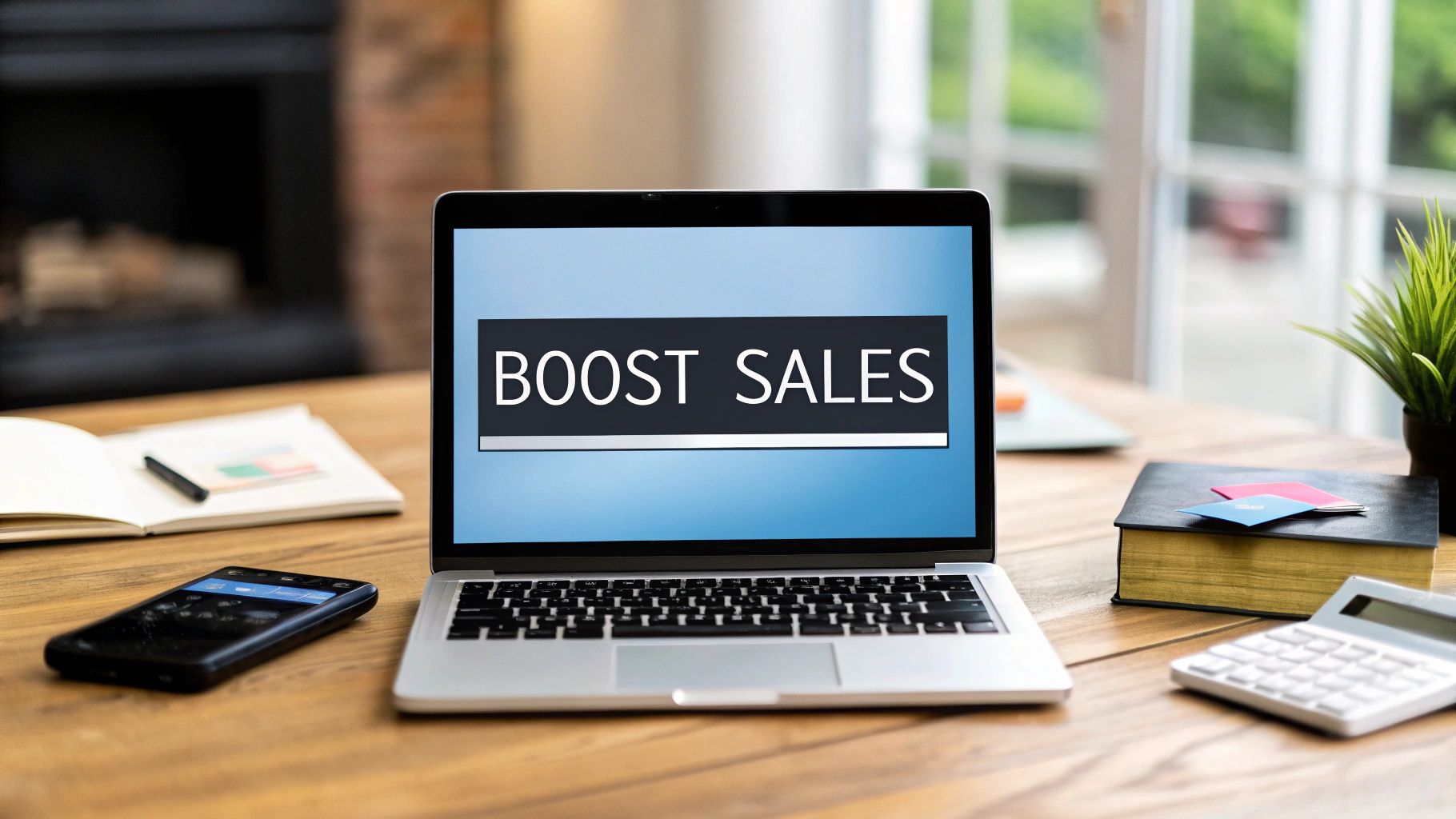
Why Your Product Link in Bio Strategy Makes or Breaks Sales
That little link in your bio is more than just a URL. It's the gateway to your products, the bridge connecting your engaging content with eager customers. Think of your captivating posts as the enticing aroma of freshly baked goods. Your link in bio is the door that invites customers in to make a purchase. This vital connection has a direct impact on your sales.
The Power of a Single Link
On platforms like Instagram, where link placement is limited, your bio link holds significant power. It's often the only direct path guiding followers to your products. This makes optimizing that link absolutely crucial. A poorly planned link can result in lost sales and frustrated customers. A strategic link in bio, however, can convert casual browsers into loyal buyers. The right strategy can be the key to thriving in the competitive world of social commerce.
Capitalizing on the Social Commerce Boom
Consumers are increasingly using social media to discover and purchase products, blurring the lines between entertainment and shopping. This has given rise to social commerce, a market currently estimated at $1.2 trillion. Over 50 million users are utilizing link in bio tools within this booming sector. These tools are particularly important for influencers and creators looking to streamline audience engagement. Features like Trending Links and Collections automate the process of showcasing popular products, boosting both sales and efficiency. For more detailed statistics, check out this resource: Link in Bio Tools Statistics
Beyond the Basic Link: Optimizing for Conversions
A successful product link in bio strategy involves more than simply pasting a URL. It requires careful planning of the customer journey after the click. Are you directing followers to a cluttered homepage? Or are they landing on a streamlined, mobile-optimized page designed for conversions? The user experience on this landing page is paramount. A confusing layout, slow loading times, or unclear calls to action can quickly discourage potential customers.
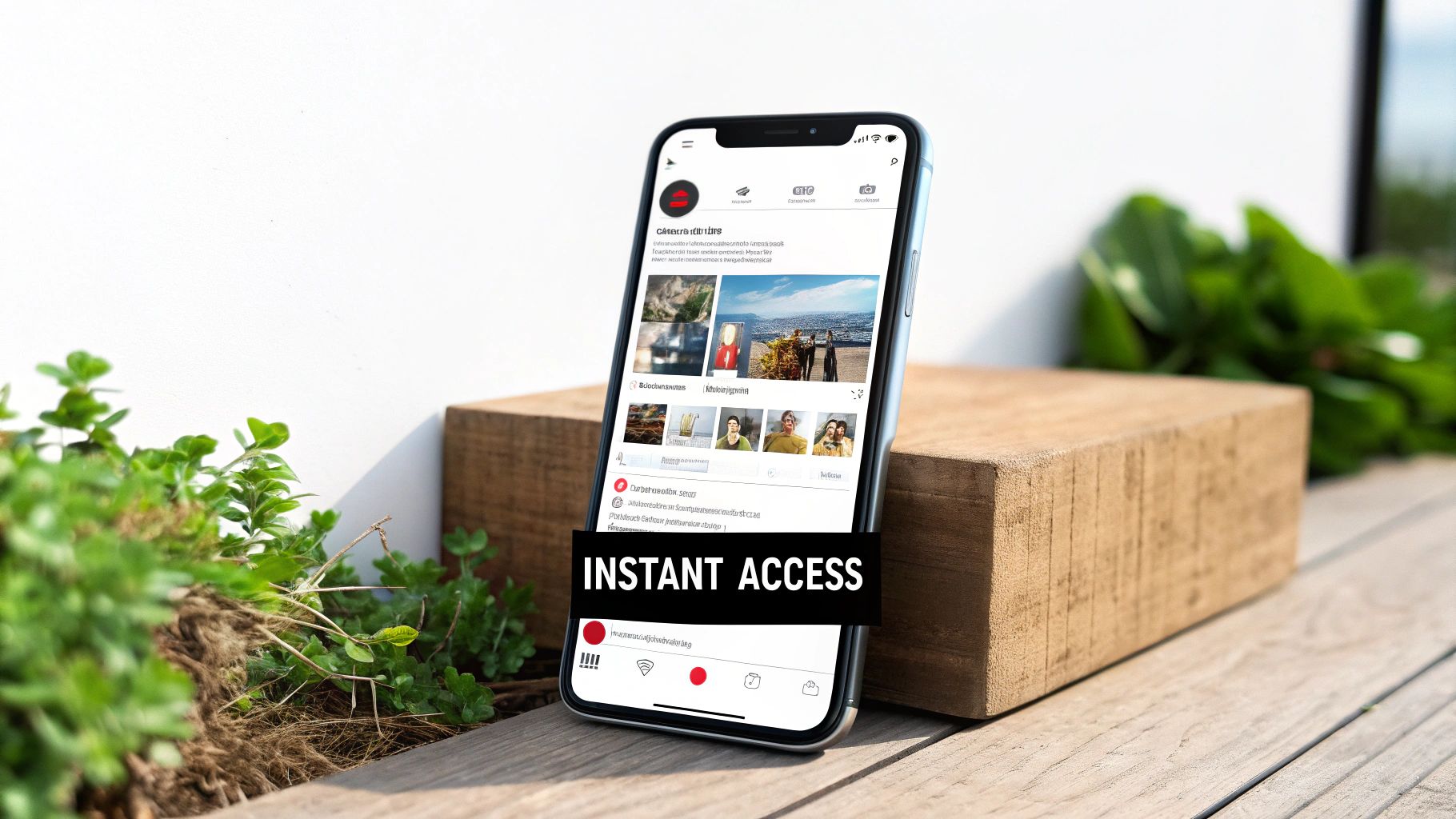
Creating a Seamless Shopping Experience
Effective product link in bio tools, such as LinkShop, empower businesses to create branded landing pages specifically for social commerce. These tools let you showcase multiple products, categorize offerings, and even integrate with your existing Shopify store. This creates a cohesive shopping experience, building trust and encouraging conversions, which ultimately increases sales. By prioritizing a user-friendly interface and a seamless transition from social media to purchase, you maximize your link in bio's potential and solidify its role as a key driver of revenue.
Crafting a Product Link in Bio That Actually Converts
Having a product link in your bio is essential for social commerce today. But just adding any link isn't enough. The key to a high-converting product link lies in the strategy behind it. This involves considering everything from mobile optimization and compelling micro-copy to visual hierarchy and strategic product placement.
Optimizing Your Link in Bio Destination
Imagine clicking an enticing link in a bio, only to land on a cluttered, confusing webpage. Frustrating, right? This is why where your product link leads is just as important as the link itself. Mobile-first design is critical. Since most social media users are on their phones, a mobile-responsive landing page is key for a positive user experience. Think about the last time you abandoned a website because of clunky mobile navigation. You don't want potential customers to have that same experience with your brand.
Also, consider the visual hierarchy of your product page. How do you draw the user's attention to the essential elements? Effective visual cues, like quality product images and clear calls to action, can significantly boost conversion rates. Just like a well-organized store display, a visually appealing product page attracts customers and motivates purchases.
Strategic Product Selection and Organization
Don't overwhelm visitors with too many products. Carefully choose a mix of new releases and top sellers. This lets you showcase exciting new items while still highlighting your most popular products. Also, align your product offerings with seasonal trends and buying patterns. For example, featuring swimwear in the summer or cozy sweaters in the fall takes advantage of current consumer interests.
Think about how you group products. Do you organize them by category, collection, or price? Smart organization streamlines the customer journey, helping them find what they need. A well-structured product link landing page guides customers toward the right purchase, like a helpful salesperson.
The Power of Compelling Micro-Copy
The wording on your product link destination matters. Compelling micro-copy, those short, powerful phrases, can make the difference between a browse and a buy. Use action-oriented language to encourage clicks and conversions. Consider phrases like "Shop Now," "Discover More," or "Limited-Time Offer." These create a sense of urgency and encourage immediate action.
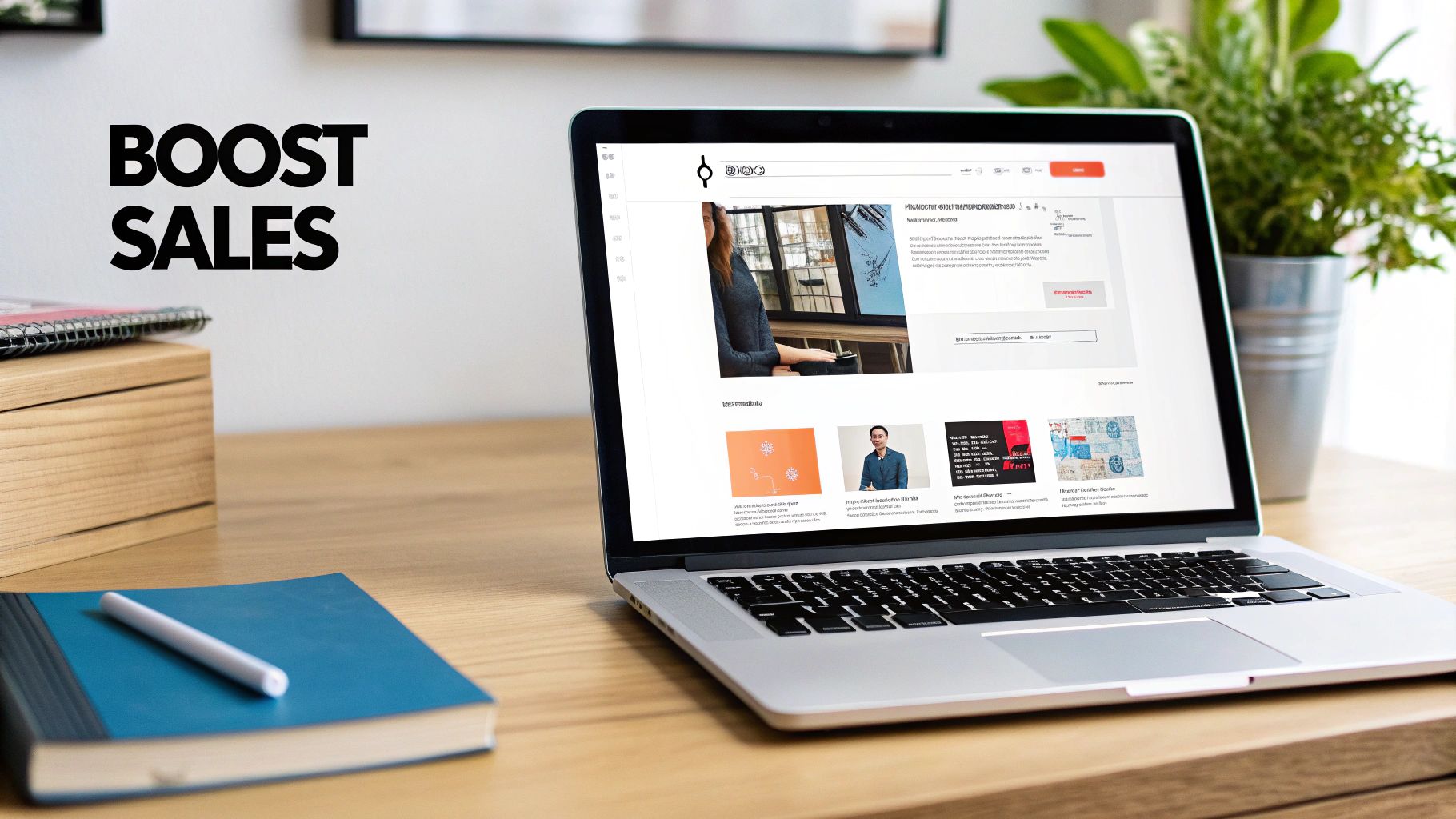
A key statistic shows that 65% of people in the U.S. have reached a product landing page, demonstrating how effective product links in bios can be for driving traffic and sales. By strategically placing these links, businesses can increase conversions and lead generation. For example, linking to new product launches or bestsellers generates excitement and simplifies the customer journey. Learn more about this: Link in Bio Statistics. You may also be interested in: How to Master Shopify Conversion Optimization.
By designing a product link in bio that prioritizes user experience, strategic product presentation, and persuasive language, you can turn casual browsers into paying customers, maximizing your bio link's sales potential.
Breaking Through Platform Limits With Strategic Tools
Social media platforms offer powerful marketing opportunities, but they often restrict direct access to your products. Smart sellers know how to overcome these limitations and connect effectively with their audience. The key is strategically using product link in bio tools to transform a simple bio link into a dynamic shopping hub.
Why Specialized Tools Matter
Standard link shorteners are limited in what they offer. Dedicated product link in bio tools provide a wider array of features specifically designed for e-commerce businesses. Think of it as the difference between using a basic hammer versus a complete toolkit. While you could technically build a house with just a hammer, having the right set of tools simplifies the process and yields significantly better results. Similarly, these specialized tools empower businesses to create cohesive brand experiences, streamline the customer journey, and boost sales.
Features That Drive Results
These tools do more than just provide a clickable link. They frequently include features like customizable landing pages, product galleries, and integrated analytics. This means you can display your products attractively, categorize them for easy browsing, and track key performance metrics for optimization. For instance, you can create a dedicated landing page showcasing your newest products or a curated collection for a particular holiday promotion.
Maintaining Brand Consistency Across Platforms
Maintaining a consistent brand identity is crucial for any successful business. Imagine visiting a physical store with a sleek exterior, only to find a disorganized and messy interior. This disconnect is jarring. The same principle applies to your online presence. Product link in bio tools help you maintain a consistent brand identity between your social media posts and product landing pages, creating a seamless, professional experience for your customers.
Addressing Platform-Specific Challenges
Using link in bio tools is essential for driving traffic from social media platforms. On Instagram, accounts with fewer than 10,000 followers are limited in their ability to share links within posts, making the product link in bio their primary method for directing followers to external content. This is a vital strategy for maintaining a positive user experience. It guides followers to a custom landing page with several relevant links, maximizing engagement and minimizing the risk of losing potential customers. Learn more: Instagram Link in Bio Insights. This underscores the importance of tools optimized for various platforms, ensuring your product link strategy remains effective wherever your audience interacts.
Check out this helpful resource: Link in Bio Apps.
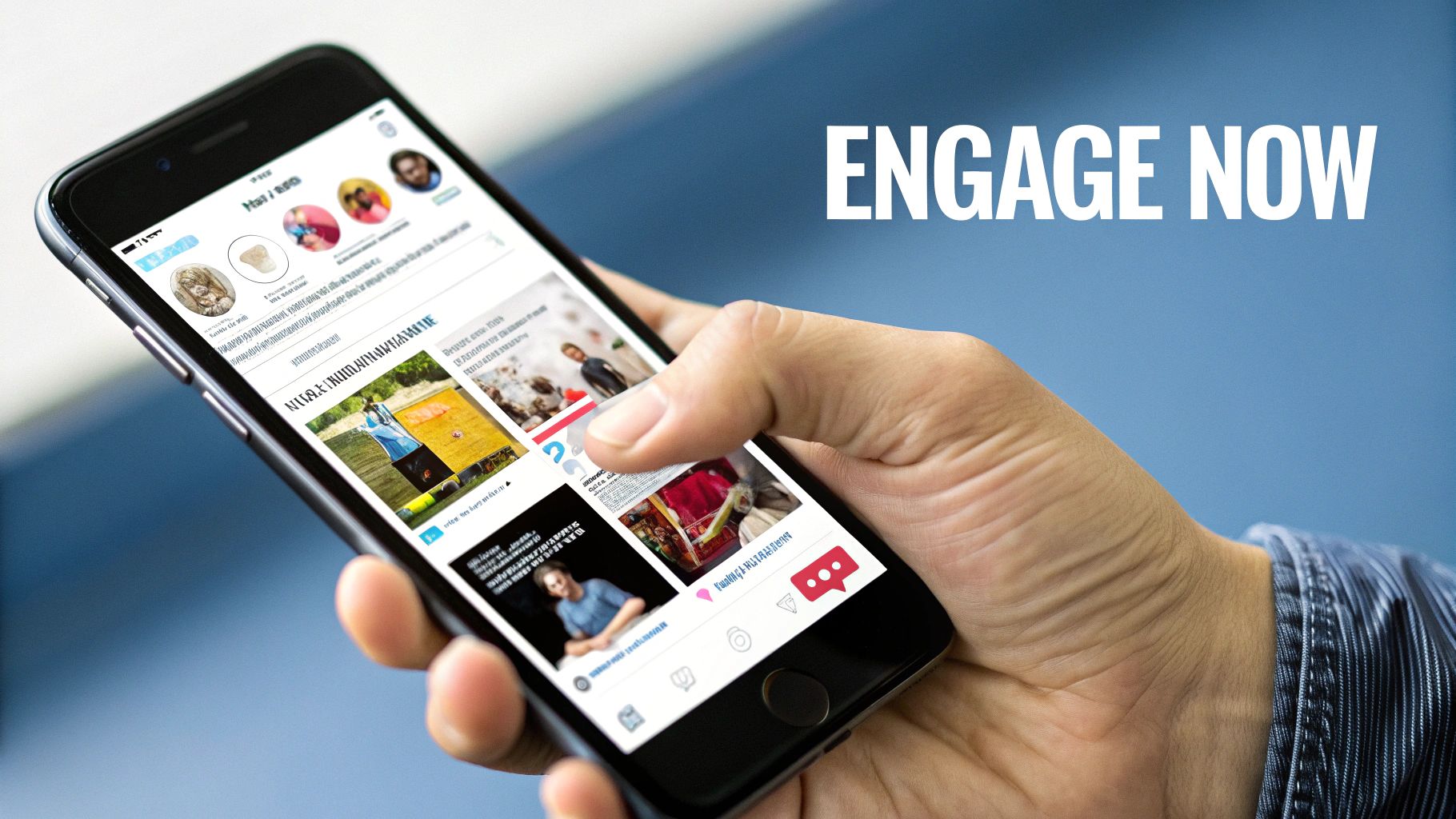
Integrating With Existing E-Commerce Systems
Many product link in bio tools seamlessly integrate with popular e-commerce platforms like Shopify. This integration streamlines inventory management, order processing, and customer data tracking. It simplifies workflows and offers valuable insights into customer behavior. It’s like having your social media presence and online store working in perfect harmony, optimizing efficiency and maximizing sales potential.
To help you choose the best tool for your business, we’ve compiled a comparison of leading options:
Top Product Link in Bio Tools Comparison
Comprehensive comparison of leading link in bio tools specifically for product-based businesses
| Tool Name | Best For | Product Features | Analytics Offered | Price Range |
|---|---|---|---|---|
| Linktree | Beginners, basic linking | Link scheduling, basic customization | Click-through rates | Free, Paid plans from $6/month |
| Shorby | Businesses needing robust features | Smart links, product galleries, custom domains | Detailed link analytics, audience insights | Paid plans from $12/month |
| Lnk.Bio | Instagram focused businesses | Instagram feed integration, unlimited links | Link clicks, audience demographics | Free, Paid plans from $0.99/month |
| Tap Bio | Brands wanting a mobile-first approach | Card-style design, multiple "mini-websites" | Engagement metrics, audience segmentation | Free, Paid plans from $36/month |
This table highlights the key differences in features and pricing between various link in bio tools, allowing you to choose one that aligns with your specific needs and budget. Selecting the right tool can significantly impact your social commerce success.
The Psychology of Product Placement That Drives Action

Why do some product displays perform better than others? It's all about understanding consumer psychology and how people interact with product placements, especially within a product link in bio section. This section explores the science behind purchasing decisions.
Visual Hierarchy: Guiding the Eye
Imagine your product link in bio page is a shop window. Retailers carefully arrange displays to attract attention, and you should do the same online. Visual hierarchy uses design elements like size, color, and placement to highlight specific products. For instance, a larger image of your featured product at the top of the page instantly grabs attention and boosts its perceived value.
Consider the page flow, too. Do you want visitors to scroll down for more or focus on a few key items? Understanding how people scan web pages lets you optimize your layout. Tools like Hotjar heatmaps offer insights into visitor behavior, showing areas of interest and where people might leave.
Curation and Choice Paralysis
Too many choices can overwhelm customers, a phenomenon called choice paralysis. Overwhelmed, they struggle to decide and might abandon their purchase. This is crucial for product link in bio destinations where space is limited. Instead of showing everything, curate a select group of products.
Try themed collections or showcase bestsellers. Simplifying choices makes decision-making easier and improves conversions. By limiting options strategically, you encourage purchases.
Building Trust and Urgency: Subtle Persuasion
A sense of urgency can motivate immediate purchases, but subtlety is key. Phrases like "Limited Stock" or "Don't Miss Out" can be effective when combined with a clear call to action like "Shop Now."
Building trust is also crucial. Consistent visual language aligned with your brand identity builds credibility and professionalism. A polished presentation inspires confidence. A visually appealing and well-organized product link in bio builds trust and encourages sales.
Testing and Refinement: The Path to Optimization
Know your audience. What works for one group might not work for another. Continuous testing is crucial. Experiment with different product groupings, imagery, and text. A/B testing helps measure the effectiveness of various strategies.
By analyzing data and refining your product link in bio strategy, you can significantly boost conversions and drive sales. Even small changes, like tweaking call-to-action text or product image placement, can dramatically impact purchase likelihood.
Measuring What Actually Matters in Your Bio Link Strategy
Vanity metrics such as follower count and likes can be deceptive. While these numbers might boost your ego, they don't always translate into tangible sales. For a truly successful product link in bio strategy, you need to focus on metrics directly connected to revenue growth. It's also about understanding the entire customer journey, from the initial profile view all the way to the final purchase. This requires precise tracking systems that accurately attribute sales to your bio link.
Key Performance Indicators (KPIs) for Your Link in Bio
Choosing the right Key Performance Indicators (KPIs) offers valuable insights into your link in bio's effectiveness. These KPIs go beyond superficial engagement and delve into actionable data that you can use to optimize your strategy.
- Click-Through Rate (CTR): This metric measures how often people click on your bio link. A low CTR might indicate a problem with the visibility of your link or the effectiveness of your call to action in your bio.
- Conversion Rate: This KPI shows how many of those link clicks convert into actual purchases. A low conversion rate could suggest problems with your landing page, the products you're offering, or your pricing strategy.
- Average Order Value (AOV): Understanding how much customers spend per order helps you refine your pricing strategies and product bundling for increased revenue.
- Customer Lifetime Value (CLTV): This essential metric predicts the total revenue a customer will generate throughout their relationship with your brand, emphasizing the importance of customer retention.
These KPIs provide a comprehensive overview of your product link in bio performance. They reveal areas where you can improve your strategy for better results. Before we move on, let's look at these KPIs in a table format.
To help you better understand the key metrics for evaluating the effectiveness of your product link in bio strategy, the following table summarizes the essential KPIs, what they measure, target benchmarks, and ways to improve them.
| Metric | What It Measures | Target Benchmark | How To Improve |
|---|---|---|---|
| Click-Through Rate (CTR) | How often people click your bio link | Varies by industry, aim for >2% | Improve link visibility, optimize call to action |
| Conversion Rate | Percentage of link clicks that turn into purchases | Varies by industry, aim for >1% | Optimize landing page, product selection, and pricing |
| Average Order Value (AOV) | Average amount spent per order | Track trends and aim for steady increase | Refine pricing, offer product bundles, upselling/cross-selling |
| Customer Lifetime Value (CLTV) | Predicted total revenue from a customer | Focus on increasing over time | Improve customer retention strategies, loyalty programs |
This table helps you see at a glance what to track and how these metrics can be improved for a more effective strategy.
Setting Up Effective Tracking Systems
Attributing sales accurately to your bio link is crucial. You can use platform-native analytics tools, like those provided by Instagram or TikTok. Alternatively, third-party solutions such as Google Analytics or dedicated link in bio platforms can offer even more in-depth insights.
Many dedicated product link in bio platforms, like LinkShop, provide comprehensive analytics dashboards. These dashboards simplify tracking key metrics and monitoring performance over time. This makes understanding your customer behavior easier, allowing you to see the direct impact of your link in bio on sales and revenue.
Benchmarks and Behavioral Analysis
Understanding industry benchmarks allows you to set realistic goals and evaluate your progress. Your specific targets will vary depending on your niche and target audience. For some inspiration, check out these Link in Bio Examples.
Analyzing behavioral patterns can reveal further opportunities for optimization. For instance, if visitors frequently abandon their shopping carts, it might indicate issues with your checkout process. The effectiveness of link in bio strategies can be measured through analytics tools, providing insights into metrics like store visitors, unique visitors, link clicks, and even geographic analytics. Sprinklr, for example, offers comprehensive performance tracking, letting you assess your link in bio efforts. Learn more about Sprinklr Link in Bio Performance. This data helps you optimize your marketing strategies for better alignment with audience engagement patterns and preferences.
Continuous Testing and Refinement
Continuously testing and refining your strategy based on actual customer behavior is vital. This might involve A/B testing various calls to action, product placements, or landing page designs. This iterative approach ensures your product link in bio remains optimized and effective, maximizing conversions and driving sustained sales growth. By carefully analyzing results and adapting your strategy, your link in bio becomes a powerful engine for sales.
Future-Proofing Your Product Link Strategy
The social commerce world is constantly evolving. Successful brands stand out because of their ability to adapt. This section explores emerging trends and technologies that influence how customers discover and purchase products, focusing on how these changes impact your product link in bio strategy.
Embracing New Technologies
Forward-thinking brands are incorporating technologies like augmented reality (AR) shopping, live commerce, and AI-powered personalization into their link in bio strategies. Imagine a customer trying on clothes virtually through your link in bio using AR, or watching a live product demo before purchasing. These immersive experiences can significantly boost engagement and conversions.
For example, a cosmetics brand could use AR to let customers virtually try on different lipstick shades via their product link in bio. This interactive element can be a game-changer for the shopping experience and sales. AI can also personalize displayed products based on user behavior and preferences, further customizing the customer journey. This data-driven approach ensures the right products reach the right people, optimizing your link in bio for maximum impact.
Adapting to Platform Shifts
Social media platforms are always changing, so your link in bio strategy must adapt, too. Maintaining a consistent customer experience is crucial during these shifts. This means ensuring your link in bio landing page is optimized for various platforms and devices, from Instagram to TikTok and beyond.
Think of your product link in bio as a central hub, adaptable to changes in the surrounding digital environment. Regardless of how social platforms evolve, your bio link provides consistent, reliable access to your products. This stability is key for building trust and maintaining a seamless brand experience.
Evaluating and Investing in Innovations
Not every new feature is worth your investment. A practical evaluation framework is essential. Consider the implementation cost, potential return on investment (ROI), and, most importantly, whether the innovation aligns with your target audience's needs and preferences.
Just because a technology is trending doesn't mean it’s right for your brand. Consider the specific needs of your Shopify store and customers. Would your audience engage with AR shopping? Would they benefit more from personalized product recommendations? Critically evaluating new technologies lets you invest wisely and maximize returns.
Scalable Architectures for Growth
Your link in bio strategy must scale with your business. This requires flexible architectures that can handle increasing traffic, expanding product lines, and evolving marketing objectives. Like a house built on a solid foundation, a scalable product link in bio strategy ensures long-term success and adapts to your business needs.
A Roadmap for Continuous Evolution
A strategic roadmap is crucial. It outlines how your product link in bio will evolve, ensuring alignment with your overall business goals. This is a dynamic plan, adaptable to changing trends and emerging technologies. Continuously refining your approach keeps you ahead of the curve. This proactive adaptation ensures your bio link remains a powerful tool for driving sales and customer engagement.
Transform your Shopify store's social commerce presence with LinkShop, the ultimate link in bio tool designed for growth and conversions. Create a stunning, shoppable link in bio page that seamlessly integrates with your existing Shopify setup. Visit LinkShop today to learn more and elevate your social selling.
